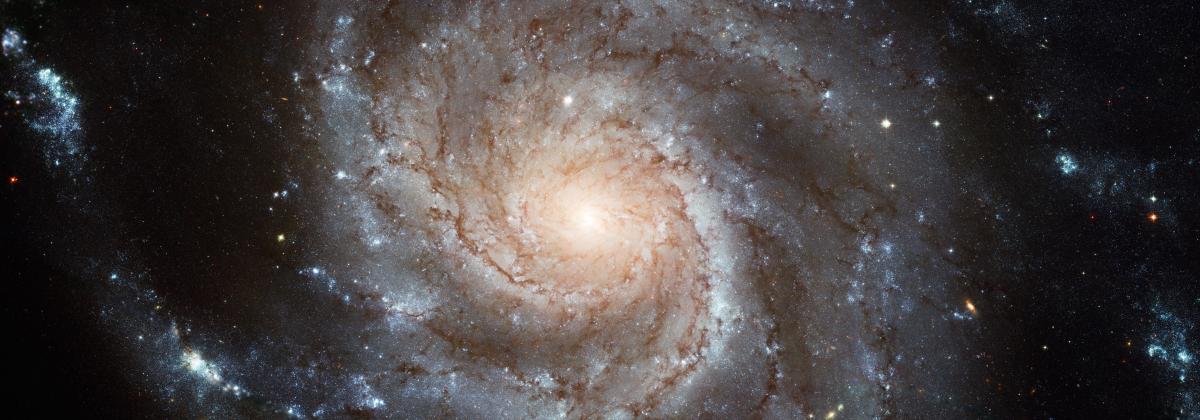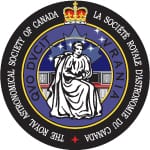
Modernization
Learn more about government’s intention to modernize the museum to protect our historic holdings and provide better access to our collections.

Total Solar Eclipses are a natural phenomenon that occur when the moon passes between the Sun and the Earth casting a narrow shadow that rushes across parts of the planet plunging inhabitants along its path into a deep twilight. Totality reveals the sun’s gossamer corona, planets rarely seen in daytime and a host of effects including animal behaviour, changes in temperature and wind. Colour, clouds, weather and behaviours are all affected for periods of time ranging from a few seconds to seven minutes.
This presentation examines the conditions required to line up the sun, earth and moon so that the eclipsed sun can be seen from earth. It discusses differences between eclipses (Lunar vs Solar) and why experiencing a partial solar eclipse is NOTHING compared with the visceral experience of “TOTALITY”. This presentation promotes a minimalist approach to the experience requiring nothing more than being in the right place at the right time. Smart phones, point and shoot cameras and binoculars will allow you to experience and record all you really need.
About Michael Webb
Michael Webb is a retired geologist who along with his wife and a varied group of similarly enthusiastic Umbraphiles, attend as many total solar eclipses as they can afford. Michael has seen seven in his lifetime including six in the last 12 years. This excuse to travel drew them to the South Pacific, Libya, China (twice), Fiji, and Indonesia as recently as March 2016. This year his extended family will gather in Northern Idaho to experience the Great American Eclipse.
Astronomy Day is presented by the Royal Astronomical Society of Canada (Victoria Centre)
